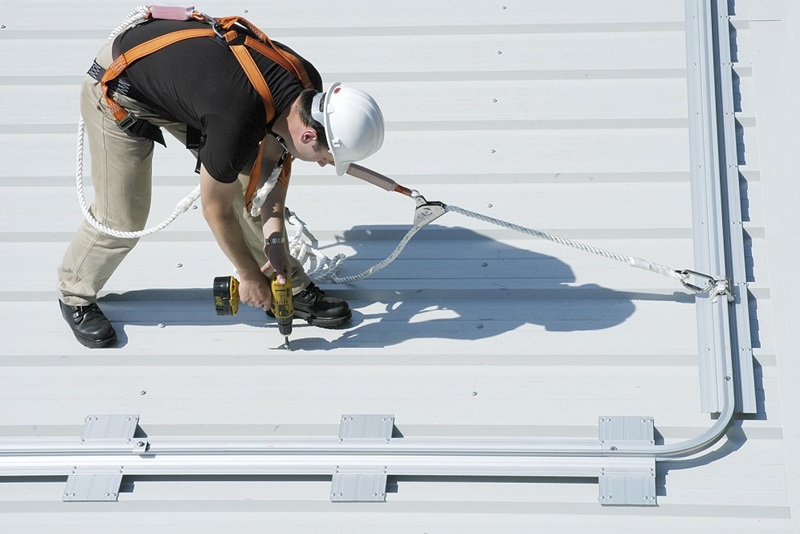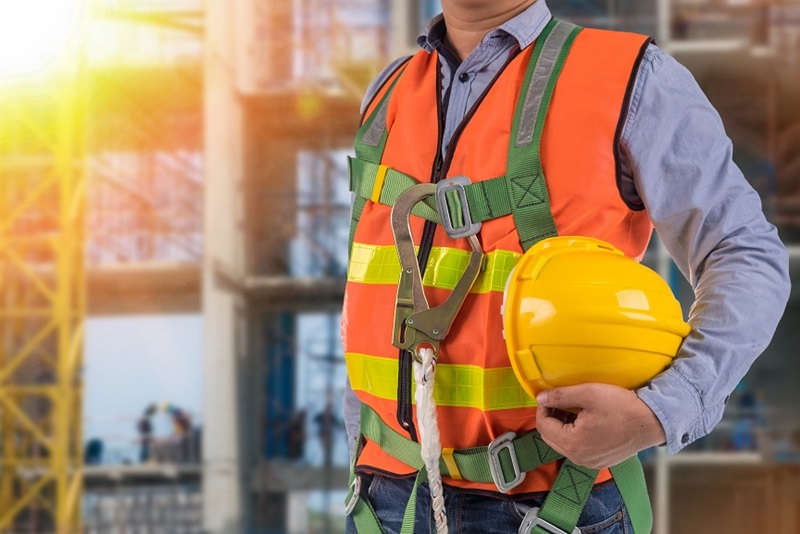Jobs which involve working on the roof can be quite dangerous. It does not matter whether the building is commercial or residential, the safety factor needs the utmost priority. One way to ensure this safety is to decide on a fall protection system, which is apt to the requirement of the job. There is a wide range of these systems available these days. One of these is the roof safety anchors which are very important for those roof jobs.
Roof Safety Anchors:
These anchors are the initial protection against falls and accidents in any roofing project undertaken, be it commercial or residential. These are available in different sizes and consulting qualified professionals you need to opt for the ones which meet the requirement. The anchor points are installed across the entire roof helping the workers to tie off from one point of the roof to another without being unattached.

- Residential Roofs: These roofs tend to be the most challenging and need adherence to the apt methods of fall-safety. The anchors chosen to need to be appropriate for the design of the building and also the material.
- Commercial Roofs: As the commercial roofs are often flat sans any elevation, the roof safety anchors are most often overlooked. This is where the mobile anchors are more suitable and work best as they can be moved from one place to another as and when the work is completed.
- Standing Seam Roofs: Standing seam roofs require the non-penetrating or the clamp anchors to ensure safety. The anchor used in these shelters has 360 degrees mobility due to the swiveling design. Installation is easy without the requirement of any special tools as these are light in weight. These anchors can be used in different projects as they are portable and removable.

Non-Penetrating Roof Top Anchors:
Before making a choice of the non-penetrating roof anchors there are specific factors to be considered.
1. Restraint Versus Arrest:
Before opting for one particular non-penetrating roof anchor, you need to know whether the anchor is designed for fall restraint or fall arrest. Probably, this works well for both, but it is important to see the amount it can support and if there is a different connection for each point. Fall restraint is a type of anchor that prevents a fall, but a fall arrest is an anchor which arrests a fall after this has taken place. Some of these roofing carts are designed in a manner in which two of the people can use the fall arrest, and one uses the fall restraint.
2. Damage:
Though these non-penetrating anchors do not penetrate the roof, there are possibilities of roof damage. For example, you have weighted anchors which are really heavy and can damage the roof at the time of assembling or disassembling. It is essential to ensure that the recommendations flow to the tee when using these roof anchors.
3. Users:
It is also important to strictly follow the manufacturer’s instructions where the number of people using the anchor is concerned. There is no way you can add another person just because you find that there is a place. There is a possibility of the anchor cart failing in case this is misused.
Before opting for a roof safety anchor, you need to decide on what type of project you need this for and also the number of people using it. Training of the employees who use these systems is also equally important. Overloading these anchors and not using them in the right manner can lead to accidents and problems. Finally, ensure you opt roof safety anchor from qualified and experienced manufacturers.

 by
by 

